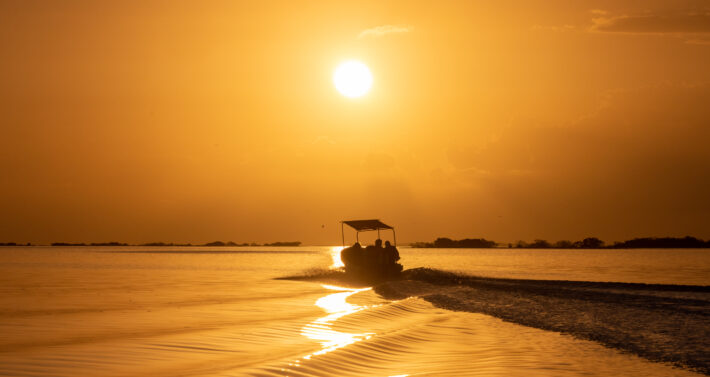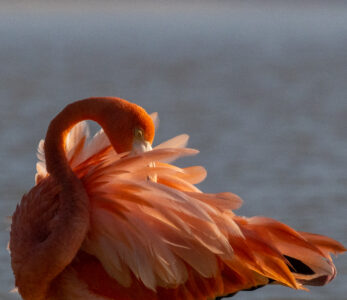
Last year we went to the Yucatan Peninsula to chase the flamingos there and had a successful visit, finding lots of birds and capturing (in our camera) more than our share. But we missed the mating session and so decided to return earlier in the season in 2022.So we took off again. While our timing was impeccable, the birds didn’t follow the scrip. There were quite a few fewer than before:
Last Year
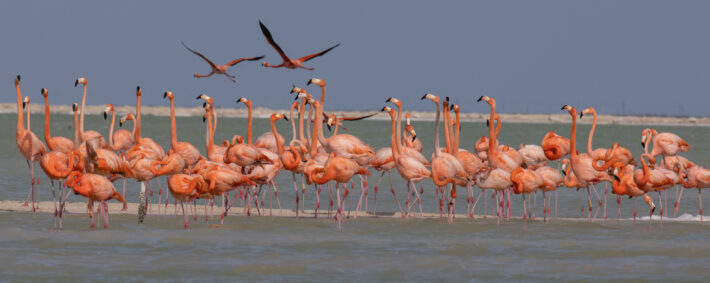
This Year
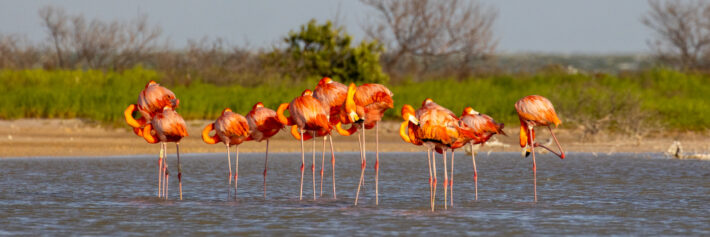
When asked about this trip, we often describe it as going to Mexico to chase flamingos. And chase them we did, one day driving over 200 miles to find them as they were spread out over the Northwestern shore of the Peninsula.
[ngg src=”galleries” ids=”27″ display=”basic_thumbnail” images_per_page=”3″ number_of_columns=”3″]
We went looking for their home, and this wasn’t it. But this was, showing how they adapted to man’s presence
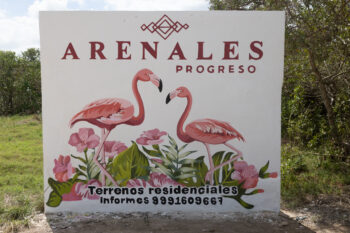
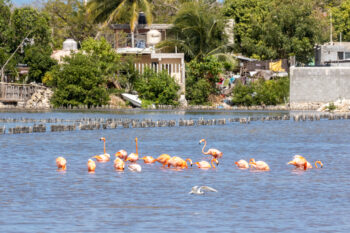
The flamingos feed on tiny crustaceans (like brine shrimp which give them their pink color), and other plants and animals that live in shallow waters. Besides mangroves, a major creator of shallow water are salt production ponds. And Rio Lagartos has both, with over 200 of square miles of mangroves and is the home of the largest salt production companies in Mexico. Thus man’s presence is not always a negative for the birds.
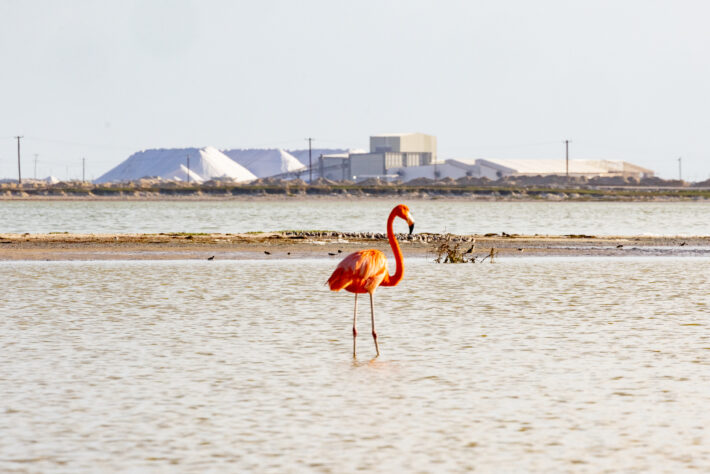
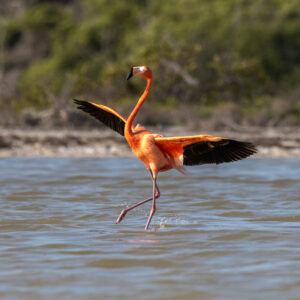
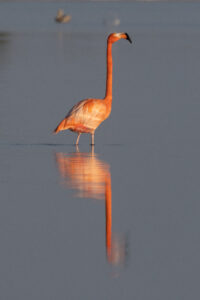
In addition to flamingos we saw a lot of bird activity. Particularly interesting were the raptors, who were hunting for fish in the lagoon where we were chasing the flamingos. Here a osprey and black hawk believe they had a beat on a fish,
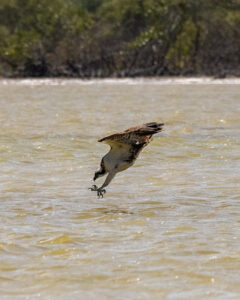
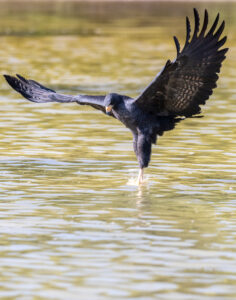
only the hawk was successful
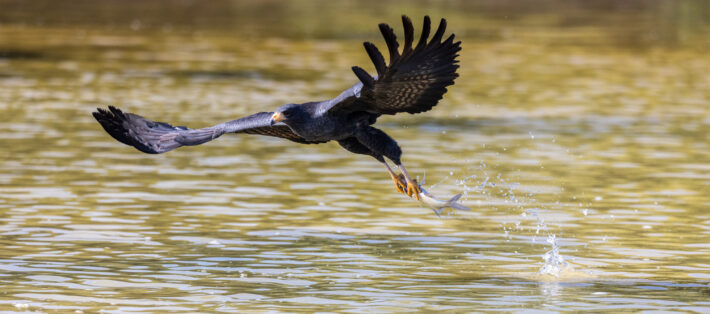
We have had the opportunity to photo
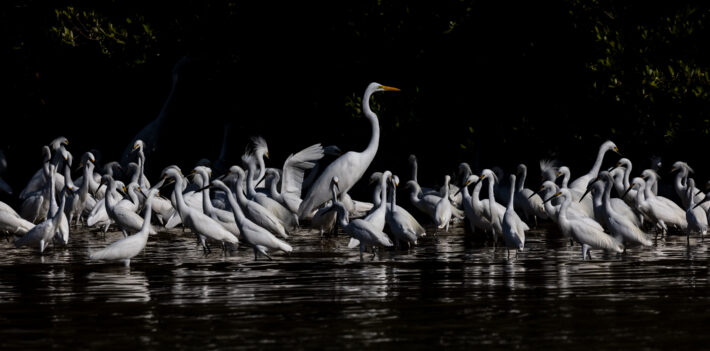
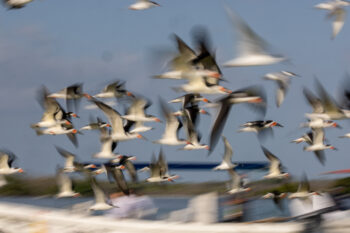
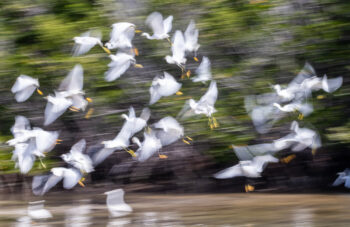
Overall it was a great trip and we will probably return.
